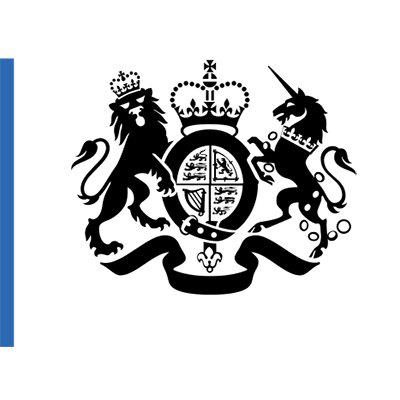Why there’s nothing like a good theory: Blonde penalty-takers and controlling the controllables
Stephen Hawking applied his considerable intellect and mastery of theoretical physics to devise a logistic regression model that reveals: bald penalty-takers and blonde penalty-takers are more likely to score, and penalties aimed at either top corner have a better return than anywhere else in the goal. He didn’t include nationality in the model, though, so the hair colour results could be a Northern European effect, and there were no data on whether hair dye was used. Control, in sports team manager parlance, means having the power to change, so hair colour is not a controllable but where in the goal to aim your penalty certainly is. Sports statistics has developed to a point where we can measure practically everything that happens, and the colour of shirts and boots as well as hair, but we’re still not quite able to pick out what matters.
What do you mean correlation does not equal causation?!
Good science stands or falls on the theory behind a question. We can be quite forgiving of Prof Hawking’s lack of rigour because the work was really an elaborate publicity stunt. There have been more serious attempts to answer the best-penalty-strategy question. Ben Lyttleton spent years coding and analysing everything that can be measured before, during, and after a penalty is kicked. It turns out (**spoiler alert**) that is all comes down to psychology, to the pressure of the penalty shoot-out situation and to memories of shoots-out past. However, Lyttleton’s work is largely based on retrospective analysis, on explaining what happened in the past, rather trying to identify predictors of future outcomes.
Ken Quarrie thought he was on to something when he included some contextual factors in a model of rugby place-kicking. The analysis included the time in the game and the score, factors which one might expect to cause additional pressure and thereby variance in performance. Unfortunately, there was some resistance to the results, especially to idea that Jonny Wilkinson was only the seventh best at anything, ever. The reaction reveals a certain tension in the statistics of sport. There has been a Carlin Isles-esque acceleration in the use rugby stats provided by Accenture, Opta, STATSports, and the like. These days, the man-of-the-match usually wins on the basis of number of carries, number of tackles, number of turnovers won, or all three if you’re Richie McCaw, and news reports rate players on their stats, not just on what a single pair of eyes saw them do. However, it seems that no one knows quite what to do with data from more than one match. For example, Quarrie also calculated which the relative difficulty of place-kicking in international stadia but, for the moment at least, these particular stats don’t seem to be a major factor in captains’ decisions about whether to kick at goal or kick to the corner. (Apologies if we’ve lost you.) The point is that there is still a gap between what people know and feel about the game and what stats can tell them.
Nothing is as practical as a good theory
There’s the beginning of a theory in the observations about kicks under pressure, or the suggestion that people with faster whistle-reaction times are less likely to score penalties in soccer. Reaction time is the kind of thing that could an experiment could be designed to test, possibly providing an optimal pause, say 1.46 seconds, before beginning the run-up. However, like many’s the experimental result, it would be hard to operationalise since counting to 1.46 is tricky. On top of that, as both penalty-takers and goalkeepers can become aware of the stats on penalties they can start to change their behaviour. What we really need is a good working model, a robust theory.
Sports psychology seems to concentrate more on the psychology than the sport, emphasising the relative importance of cognition and emotion, reporting how defiance, fear of failure, and “sheer bloody-mindedness” motivate sports people. Sports science, at the level of GPS analysis, monitoring of training loads, and individualised training programmes is probably a good deal more sophisticated than most ordinary theoretical physicists know but there are still plenty of interesting questions out there along with constantly improving access to data. For statisticians, now is the time to learn your tiki-taka from your counter-counter-attack. For the sporty-types, let us know when you come up with some more theories.
Sign up to receive our weekly job alert
Featured Jobs
Higher Education Funding Council for Wales (HEFCW)
Cardiff, South Wales
May 19, 2024
Armagh Observatory and Planetarium
Armagh, Northern Ireland
May 17, 2024


















